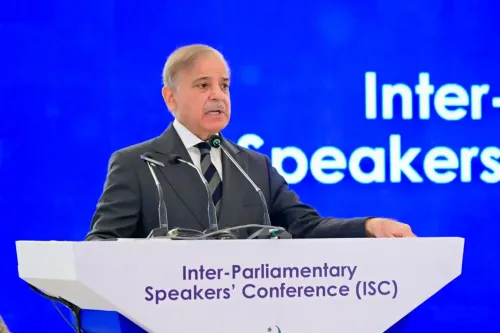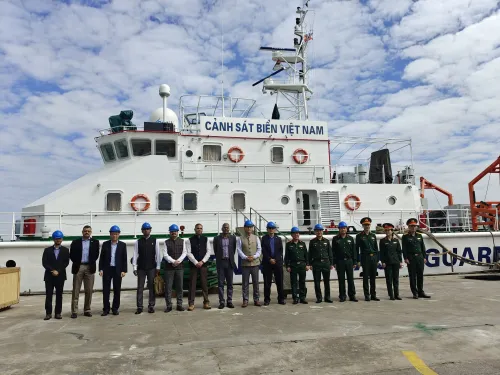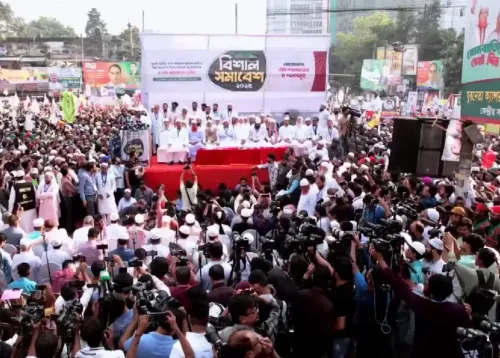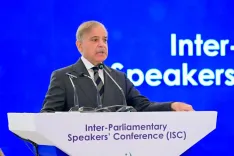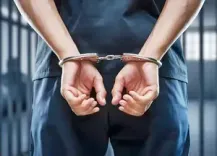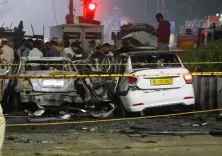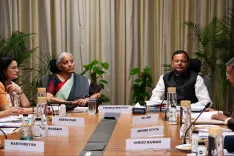Will North Korea Introduce a Dual Military Strategy of Nuclear and Conventional Forces?
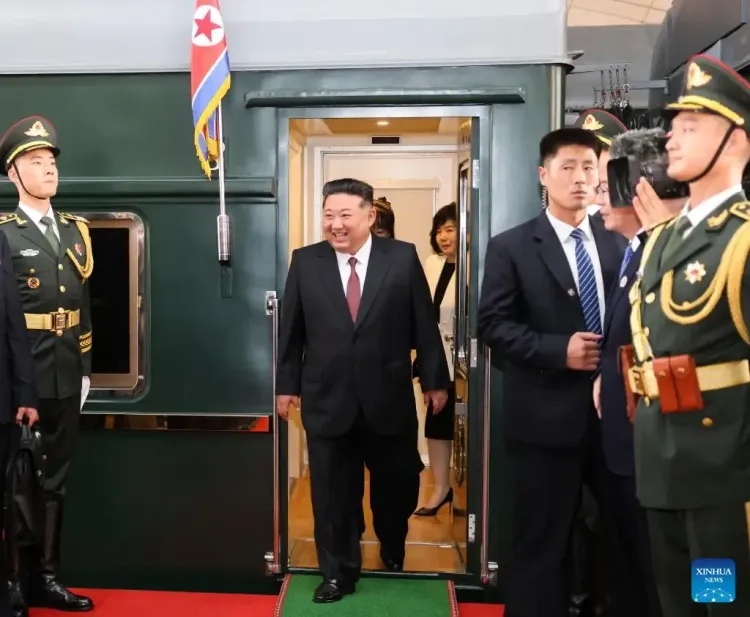
Synopsis
Key Takeaways
- North Korea is pursuing a dual military strategy to enhance both nuclear and conventional forces.
- Modernization of military technology is a key focus for the regime.
- The announcement reflects escalating tensions with South Korea.
- The upcoming party congress will outline specific policies.
- International response will be crucial to regional stability.
Seoul, Sep 13 (NationPress) North Korean leader Kim Jong-un has announced that Pyongyang will introduce a strategy that involves the simultaneous development of nuclear capabilities and conventional weaponry during the upcoming party congress, according to state media reports released on Saturday.
Kim made this statement while inspecting the armoured defensive weapons institute and the electronic weapons institute under the Academy of Defence Sciences on Thursday and Friday, as reported by Yonhap, citing the Korean Central News Agency (KCNA).
The North's leader emphasized the importance of continuing to modernize conventional armed forces to create a formidable military, as he assessed the advancement of new armoured vehicles and electronic weaponry.
Kim stated, "The ninth Congress of the Workers' Party of Korea (WPK) will propose a policy that advocates for the concurrent development of nuclear and conventional armed forces aimed at bolstering national defense," as stated by the KCNA.
North Korea had previously confirmed plans to convene the ninth party congress during the WPK's plenary meeting in June, though further details were not disclosed.
The previous party congress, a significant event that takes place every five years, occurred in January 2021, where the regime revealed a list of advanced weaponry that Kim committed to developing, such as military spy satellites and solid-fuel intercontinental ballistic missiles.
Kim's recent comments suggest that North Korea will accelerate the enhancement of conventional arms alongside its nuclear and missile initiatives, especially given South Korea's prevailing strength in conventional military capabilities.
While inspecting the institutes, Kim was briefed on research related to armoured defense, including the development of specialized composite armours and an "intelligent active protection system" for armoured vehicles, according to the KCNA.
He also reviewed a comprehensive operational test of a new "active protection system" designed to defend against frontal, lateral, and upper attacks from various types of anti-tank missiles.
In May, the North's leader visited a tank production facility, underscoring that updating existing armoured weaponry with advanced tanks and vehicles is "the most critical issue" in the modernization of the armed forces.
Additionally, Kim supervised a shooting competition on Friday involving sniper units from the metropolitan garrison command and the special mobile force of the central security agency, as reported by the KCNA.
Highlighting the impact of expanding the role of snipers on the overall military operations of the army, Kim repeatedly emphasized the necessity of systematic training for the special sniper unit and enhancing their functions, as reported.
With North Korea dispatching approximately 15,000 troops to assist Russia in its conflict with Ukraine, Kim has reiterated the importance of modernizing conventional arms, enhancing field training, and improving combat readiness.

